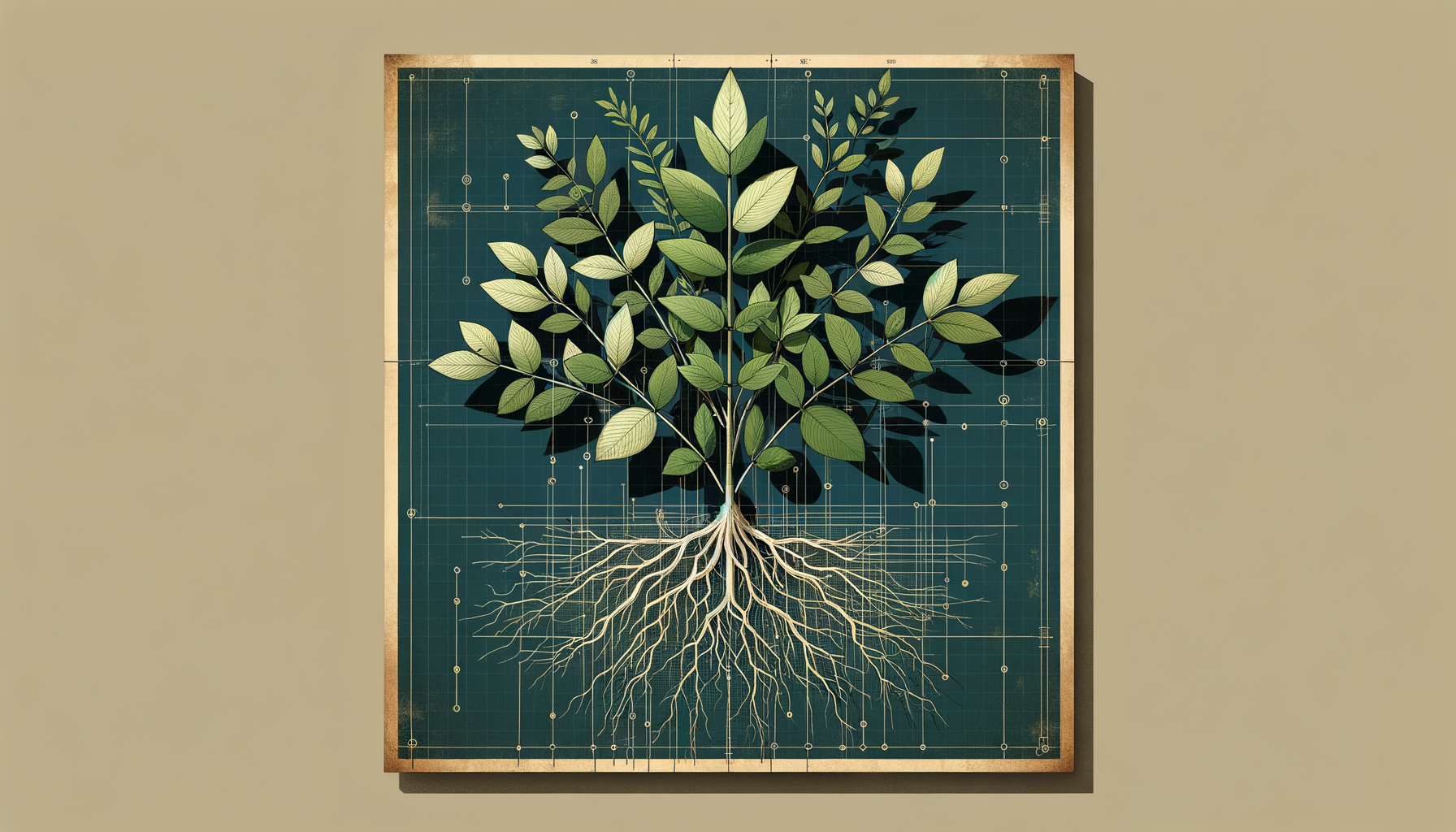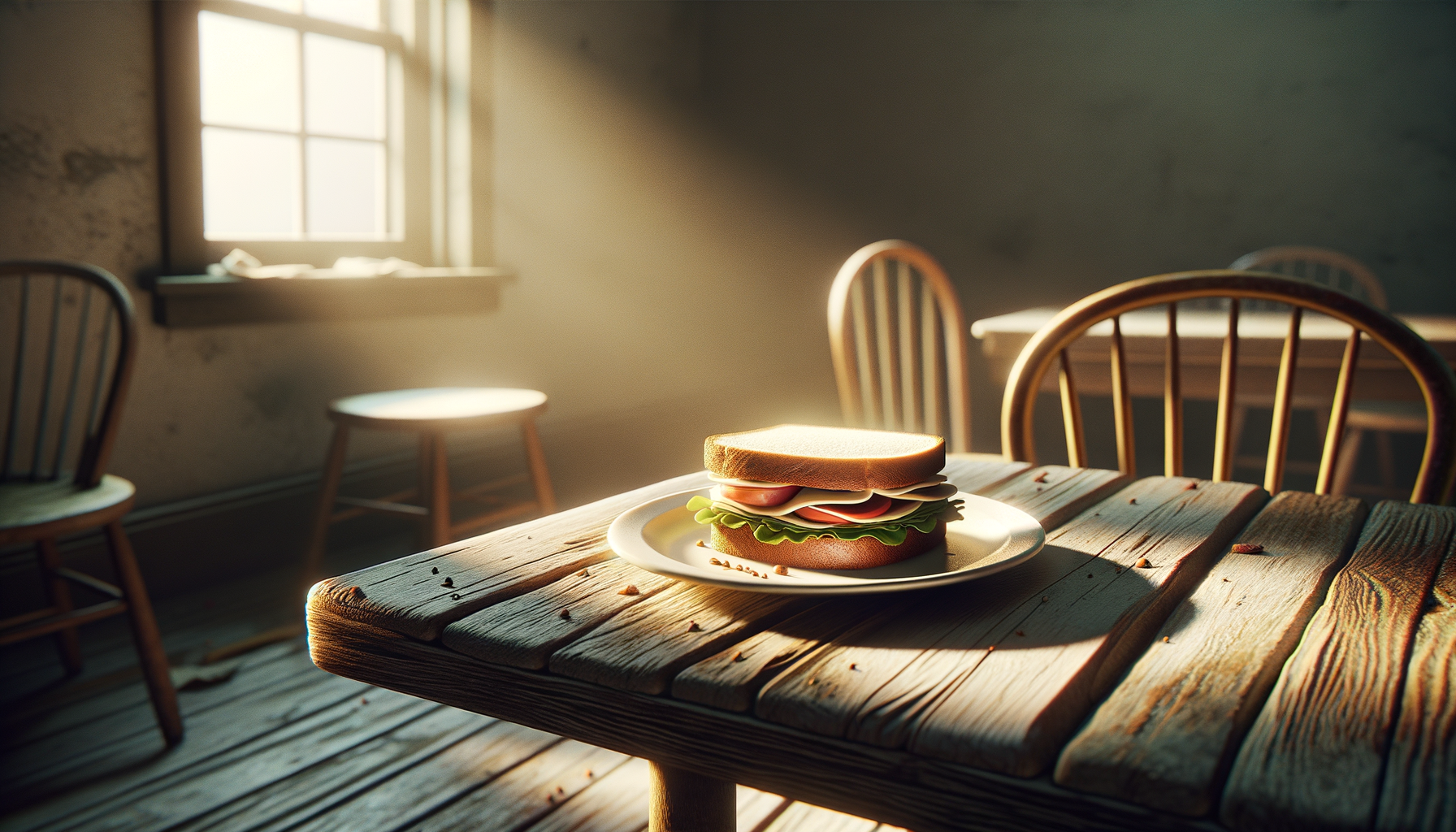It started with a couch. Well, technically, it started with the argument about the couch—the one my ex and I had earlier in the year when we were still together. A navy-blue sectional I was convinced would transform our tiny apartment into a sanctuary of Netflix vibes and late-night conversations. She hated it. Called it “a mid-life crisis in upholstery form” before slamming the catalog shut. I'd laughed it off at the time, but by spring, the couch was the least of our worries.
When everything fell apart that year—relationship, job, emotional bandwidth—I remembered that damn couch. It was supposed to anchor a home we were building, but instead, it became a metaphor for the cracks we were patching over. And let me tell you, when life bottoms out, it’s wild which memories bubble back up. But if there’s one thing surviving that mess taught me, it’s this: rebuilding isn’t about dragging your old baggage into shiny, new rooms. It’s about getting real about what you need, leaving what you don’t, and yes, maybe buying the couch you want just for you.
So here’s how I tried to put it back together—brick by brick, heartache by self-reflection.
Part One: Life, It’s Gonna Humble You
When my relationship ended, it didn’t feel like a rom-com breakup where we both said cute, quippy lines over mimosas and “agreed to be friends.” Nope. It was messy. There were slammed doors, receipts from questionable text messages, and a particularly dramatic moment when she—but I digress. Let’s just say it was the kind of breakup that gives Adele her royalties' worth because you play her entire discography on loop for weeks after.
But the breakup was just the beginning of the fallout. Around the same time, I found myself laid off from a job I’d poured five years of intellectual sweat equity into. You ever get fired on a Zoom call? It’s a special kind of humiliation. Your boss is sitting there in Brady Bunch boxes next to HR, and you’re trying to look dignified while your wifi—already stressed like your mental health—keeps lagging.
So there I was—single, unemployed, and existing in an apartment designed for two that felt about as cozy as a shoe box in January.
Part Two: The Great Clean-Up (Literally and Figuratively)
Step one in putting life back together? Clean up the mess. My literal first step involved taking stock of my space post-breakup. Pro tip: when life implodes, reclaiming your physical environment can offer a symbolic fresh start. Also, it’s cheaper than therapy, which I was absolutely about to Google in a second.
Here’s what this looked like:
- Box up everything that no longer serves you. You know those mugs you hate but kept because your ex insisted they were “quirky”? Donate them. P.S. Stop lying to yourself—mismatched dishware is not a personality.
- Do the thing Marie Kondo begged us to: hold each item and ask, “Does this bring me joy?” Be prepared for zero joy from your kitchen towels but surprising nostalgia from paperbacks holding notes scribbled in the margins.
- Create a playlist that makes you feel unstoppable. Mine was anchored by Kendrick Lamar, Solange, and—don’t laugh—some Aretha Franklin. There’s something sacred about sweeping your floors while Aretha reminds you to get some “Respect.”
That physical purge taught me something deeper. I didn’t just pack up my ex’s hiking boots (never used, by the way). I realized I needed to mentally pack up the versions of myself I had outgrown.
Part Three: Learning to Dine Solo Without Feeling Like the Third Wheel
One of the loneliest parts of heartbreak is dining solo again. The first time I walked into our favorite local brunch spot as a party of one, I swear the hostess raised an eyebrow that said, “Um, why are you here without her?” Maybe she didn’t (realistically, she didn’t), but I felt exposed.
Here’s the truth: solo dining is its own kind of art form, and it took me multiple attempts to stop thinking everyone in Chicago’s food scene noticed the gaping absence of my ex. I started with small steps—first, a corner table at my neighborhood bistro, savoring pancakes solo, sipping coffee slowly.
Eventually, I worked my way up to larger feats of independence. A steakhouse alone? Why not? A movie without a plus-one? Sure. At some point between a second helping of fries and sneaking into a jazz lounge that reminded me of Paris, I stopped worrying about who was noticing. There’s power in taking up space—at a restaurant, in the world—even if you don’t have anyone else filling the chair beside you.
Part Four: Rebuilding Doesn’t Mean Rushing
Society acts like there’s an imaginary stopwatch counting down from “move on, already!” once a relationship ends. If you’re like me (chronically stubborn and prideful—thanks, Mom and Dad), you might feel the urge to fast-forward the heartbreak. But big feelings don’t work with deadlines. You can’t grieve, learn, and rebuild on someone else’s timeline.
For me, rebuilding meant rediscovering hobbies I’d abandoned while being caught up in the “we-ness” of my relationship. I went back to teaching young writers—helping them shape their stories gave me perspective on where mine was going. Somewhere between revising my novel and falling headlong into Chicago’s art scene again, things started to feel... okay.
A few takeaways if you’re rebuilding your life:
1. Stop Comparing Yourself: The only thing more toxic than heartbreak is scrolling Instagram and seeing your ex's “thriving #cation” photos. Stay in your lane—comparison is the thief of joy.
2. Let It Hurt: Sit in your feelings. Cry into the void. Eat too much ice cream. Avoid pretending you’re okay when you aren’t—there’s power in acknowledging your pain.
3. Find Tiny Joys: I started setting aside one afternoon per week to do something just for me: reading on Lake Michigan’s shore, catching an open mic night, or finally buying (yes) that blue sectional. The one my ex swore against? Turns out, it absolutely slaps on lazy Saturdays.
Part Five: Facing Forward
Somewhere along the way—months after the incident with the couch, the Zoom layoff, and the brunch hostess who stopped judging me (in my head)—I noticed something shift. My life wasn’t magically fixed, but it was mine again. More importantly, I liked who I was becoming. Rebuilding takes time, self-awareness, and a willingness to be honest about what needs fixing.
Most of all, it requires embracing the unpredictability—forgiving yourself when you fumble, celebrating even the tiniest victories. Like buying a couch. Like seeing your reflection and thinking, "Huh, I don’t look so bad, after all."
When everything falls apart, what comes next is yours to create. You don’t have to rush it. You just have to start.




















